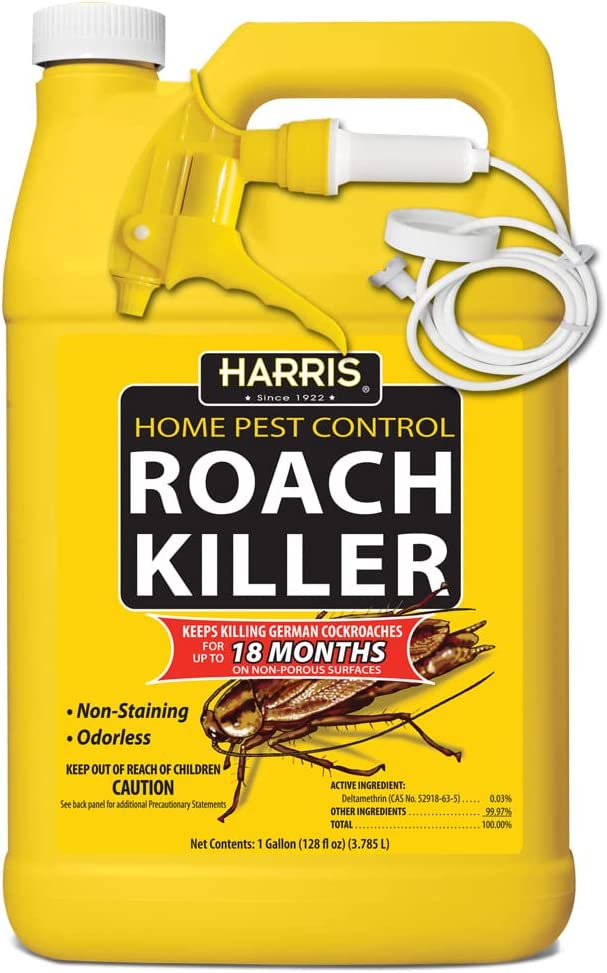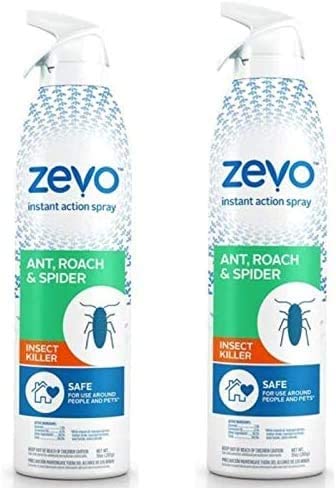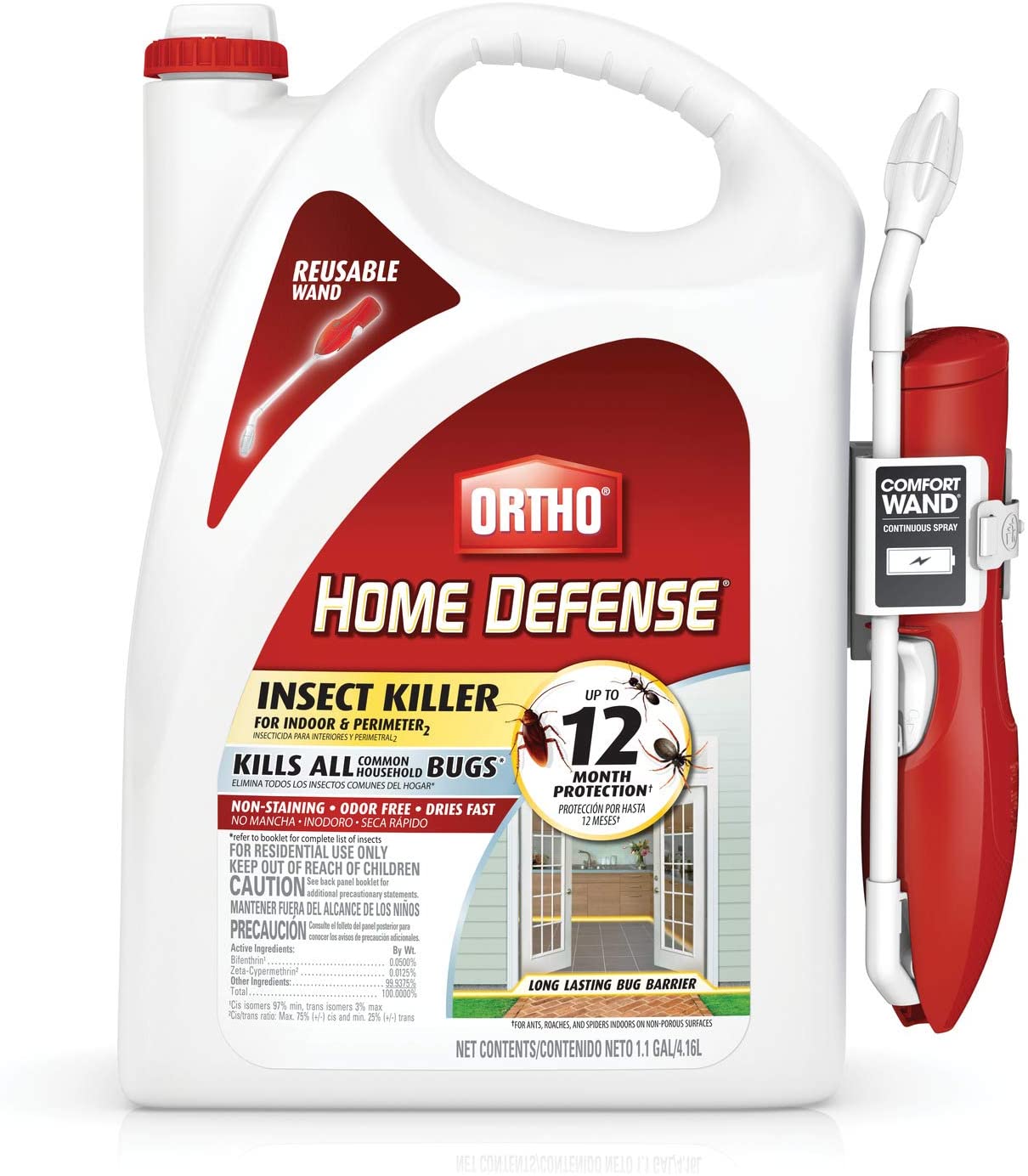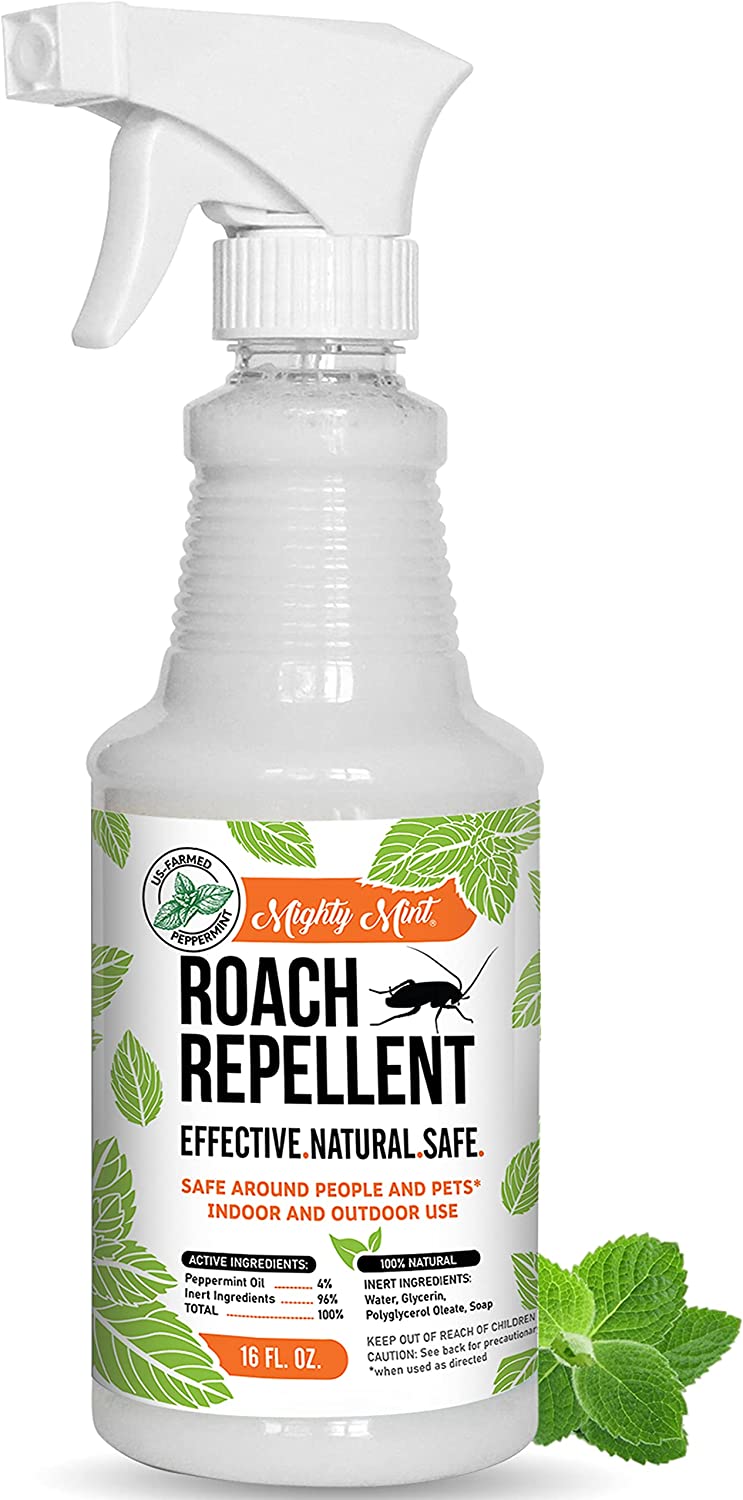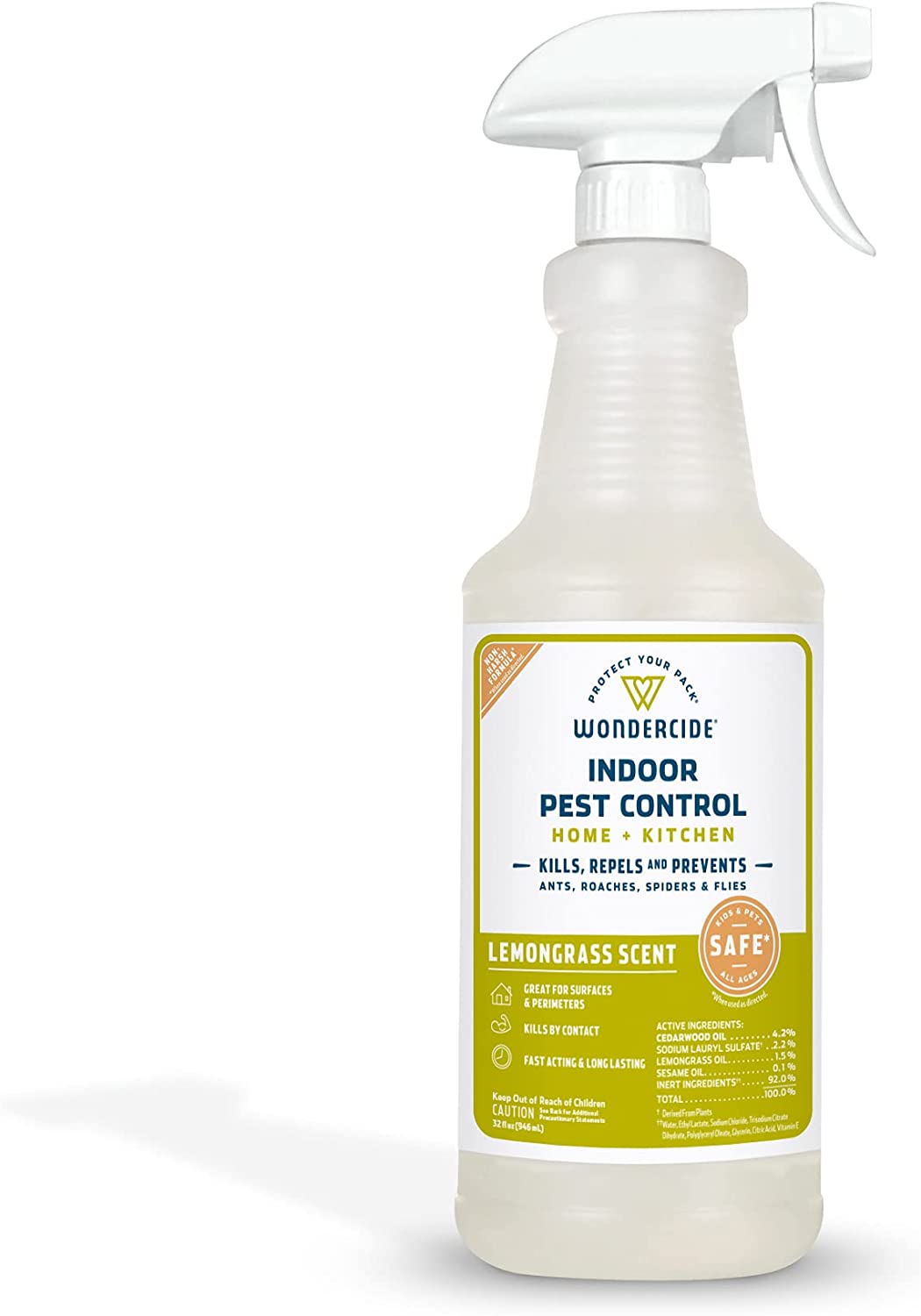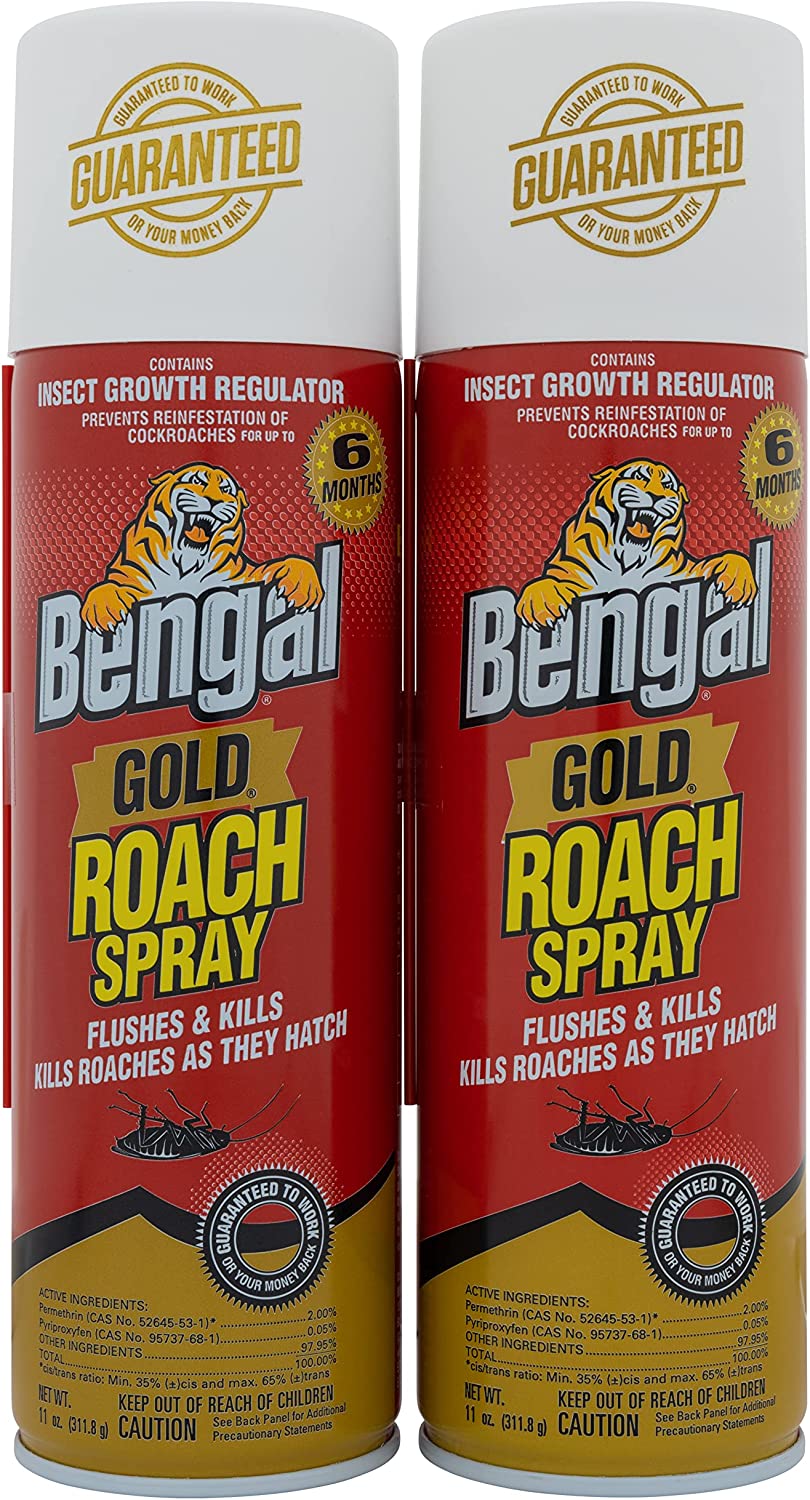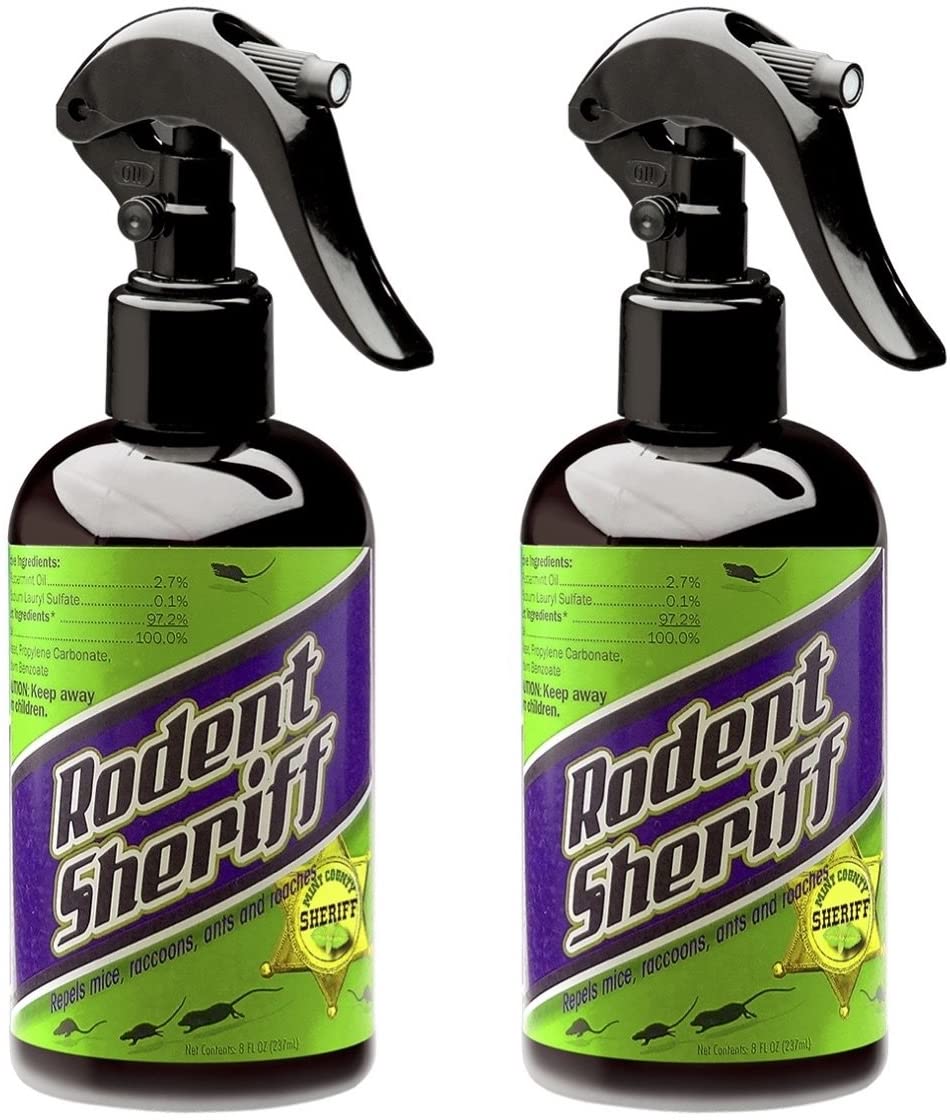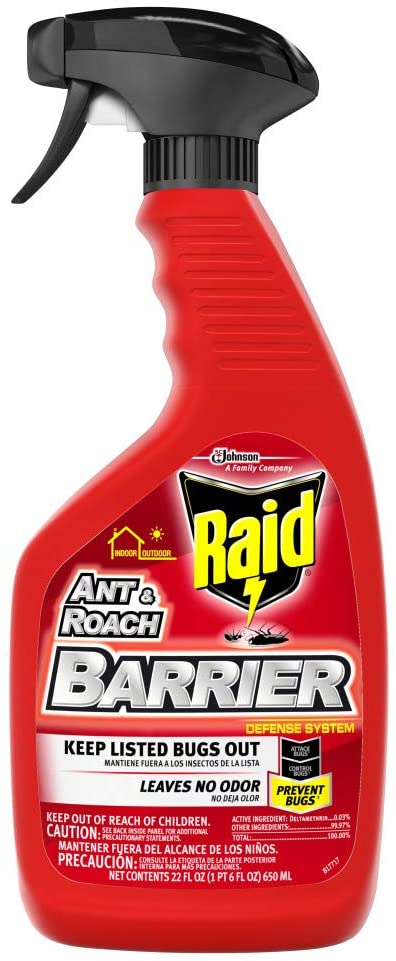Raid Lemongrass Quick Ant & Roach Killer Spray
Last updated: March 7, 2023
If you have pets or are worried about small children, this roach spray can was formulated with the household health in mind. Its materials are meant to be non-toxic for everyone but the bugs. A spray in the right place will kill on contact or provide a lasting invisible fence against later insect incursions.
We looked at the top Roach Sprays and dug through the reviews from some of the most popular review sites. Through this analysis, we've determined the best Roach Spray you should buy.
Product Details
Key Takeaway: Kill bugs with less toxicity by using this natural roach spray.
In our analysis of 52 expert reviews, the Raid Lemongrass Quick Ant & Roach Killer Spray placed 4th when we looked at the top 11 products in the category. For the full ranking, see below.From The Manufacturer
Raid Ant and Roach Killer spray is safe for use around children and pets when used as directed. Its effective, plant-based formula is made with essential oils, including lemongrass extract and pine tree derived geraniol. Raid Ant and Roach kills different types of ants, roaches, and other crawling and flying insects. It quickly kills German roaches and ants (except fire and harvester). Raid Ant and Roach spray will help you protect your home and family from pests, with no compromise between safety and efficacy.


